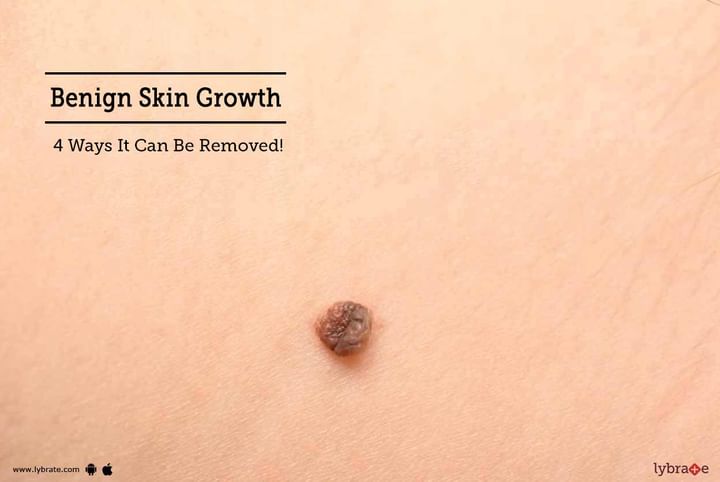Benign Skin Growth - 4 Ways It Can Be Removed!
Cherry Angiomas are benign skin growths comprised of abnormal proliferation of blood vessels. They are also alternatively known as Campbell de Morgan spots or senile angiomas. Cherry Angiomas are a rather common skin disorder.
The Cherry Angioma appears bright red, oval or circular in shape and are small in size. They can either be smooth, and close to the skin's surface, or they can be marginally raised. They mostly appear on the arms, shoulders and torso. If the Angioma is agitated (scratched, cut open or rubbed), it might result in intense bleeding in some cases.
Causes:
The exact cause of Cherry Angiomas is unknown. Genetic predispositions are usually believed to be a major cause. Other than that, pregnancy, climate and chemical exposure have also been said to cause Cherry Angiomas.
An obvious link, however, has been established between age and the appearance of Cherry Angiomas. Usually, people over 30 develop Cherry Angiomas, which only seem to augment in number and size with age.
Symptoms:
There are no other specific symptoms of Cherry Angiomas, except for the benign growths on the skin. The skin growths are usually characterised by:
- Vivid, cherry-red colour
- Small sizes
- Smooth growths which are close to the skin's surface, or are raised
Treatment:
Cherry angiomas usually does not need any treatment, but if you want, you can remove them for cosmetic reasons. You can also remove the Cherry Angiomas if they appear in places on your body where they can get easily irritated (such as, on the hands), and cause bleeding.
Some methods of removing Cherry Angiomas include:
- Electro-cauterization: In this method, the angioma is burned off by an electric current that is passed through a tiny probe.
- Cryosurgery: In this procedure, the angioma is frozen with liquid nitrogen; the angioma is destroyed by the severe cold. This is a relatively easy and quick procedure.
- Laser surgery: In this procedure, pulsed dye laser is used to remove the angioma. The pulsed dye laser (PDL) is an undiluted yellow laser that is hot enough to damage the growth.
- Shave excision: In this procedure, the angioma is removed from the surface of the skin by a sharp razor. Shave excision is a substitute to invasive surgery that would require an incision to remove the growth and then sutures (stitches) to close the laceration.



+1.svg)
